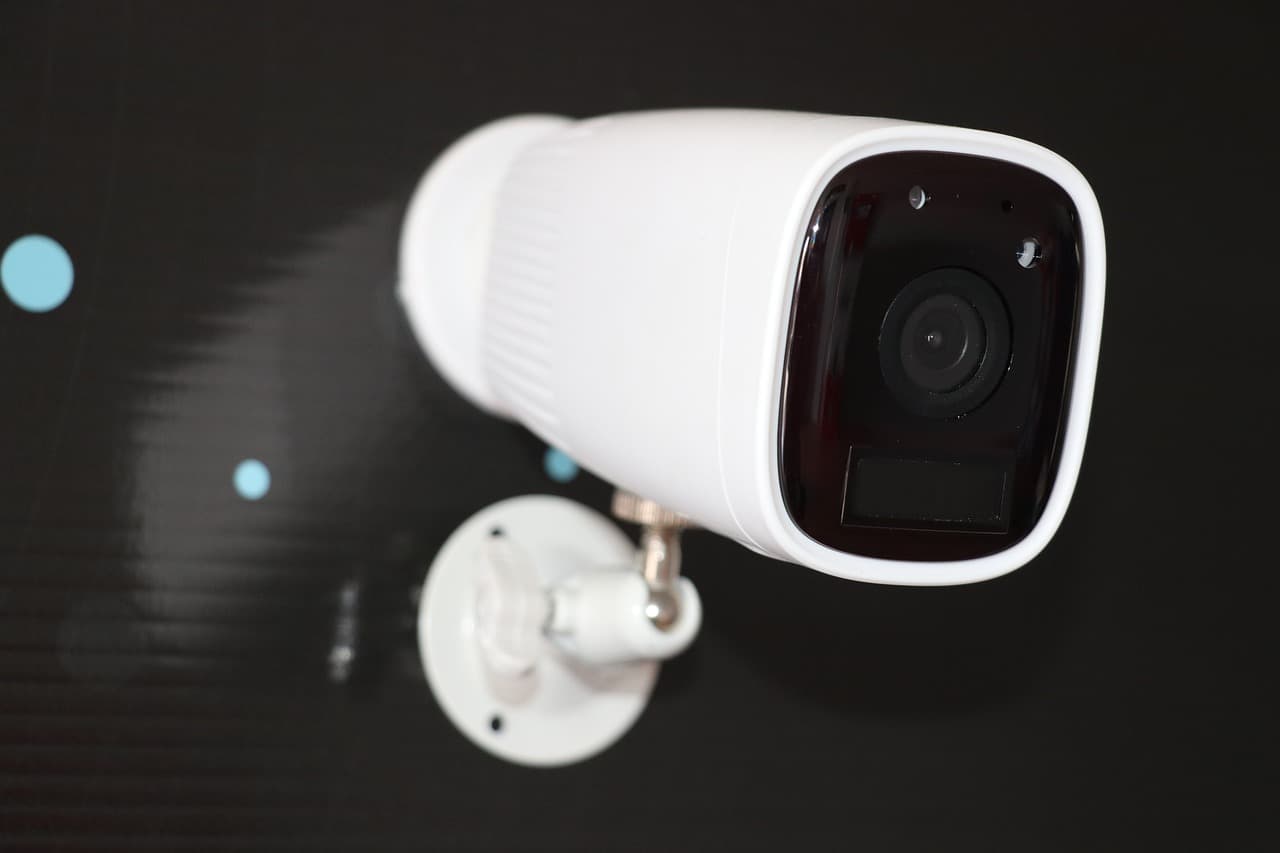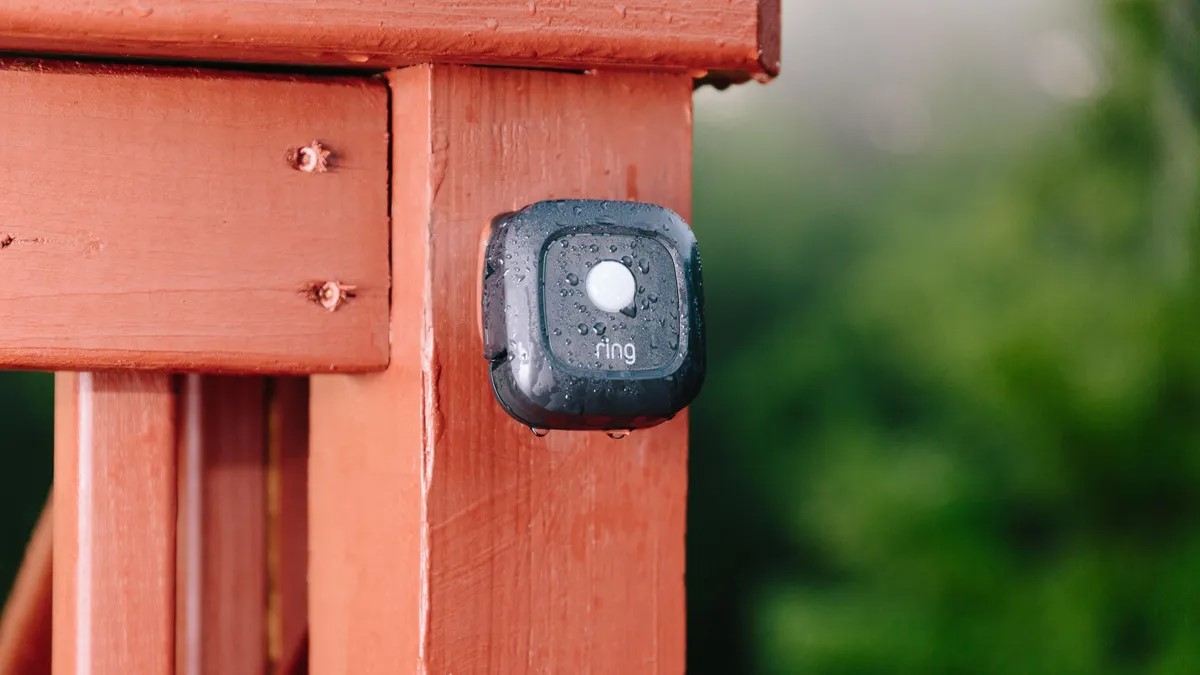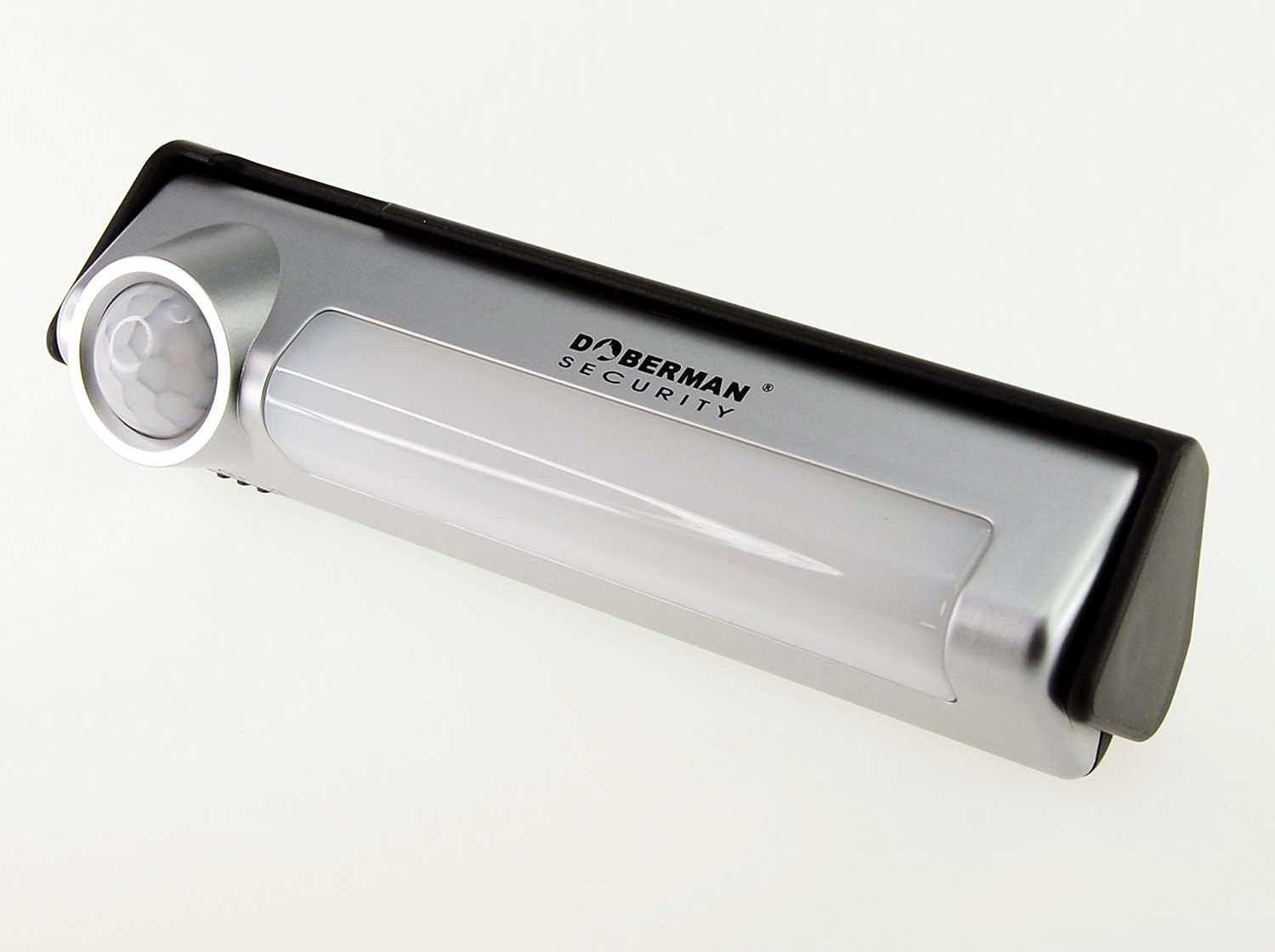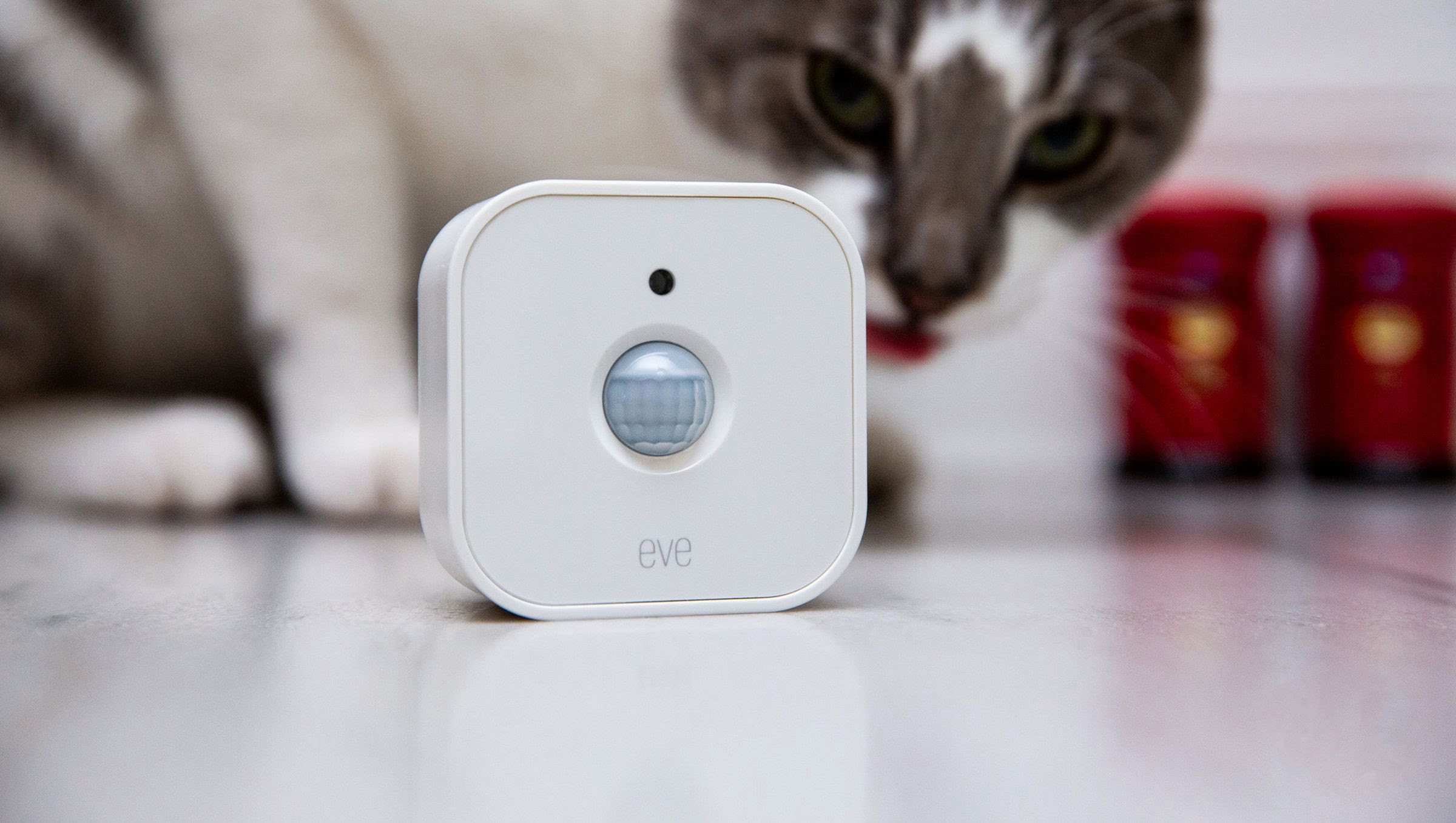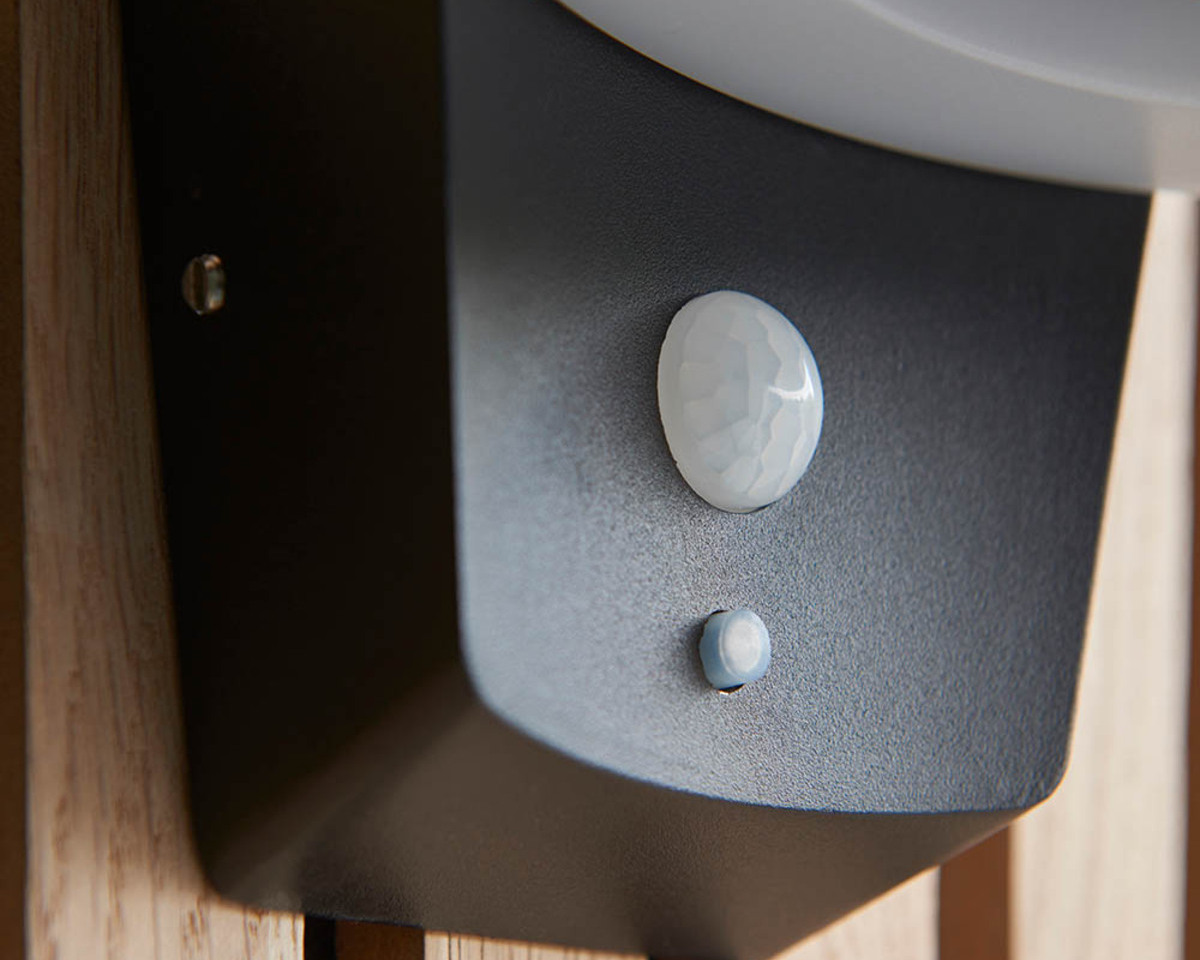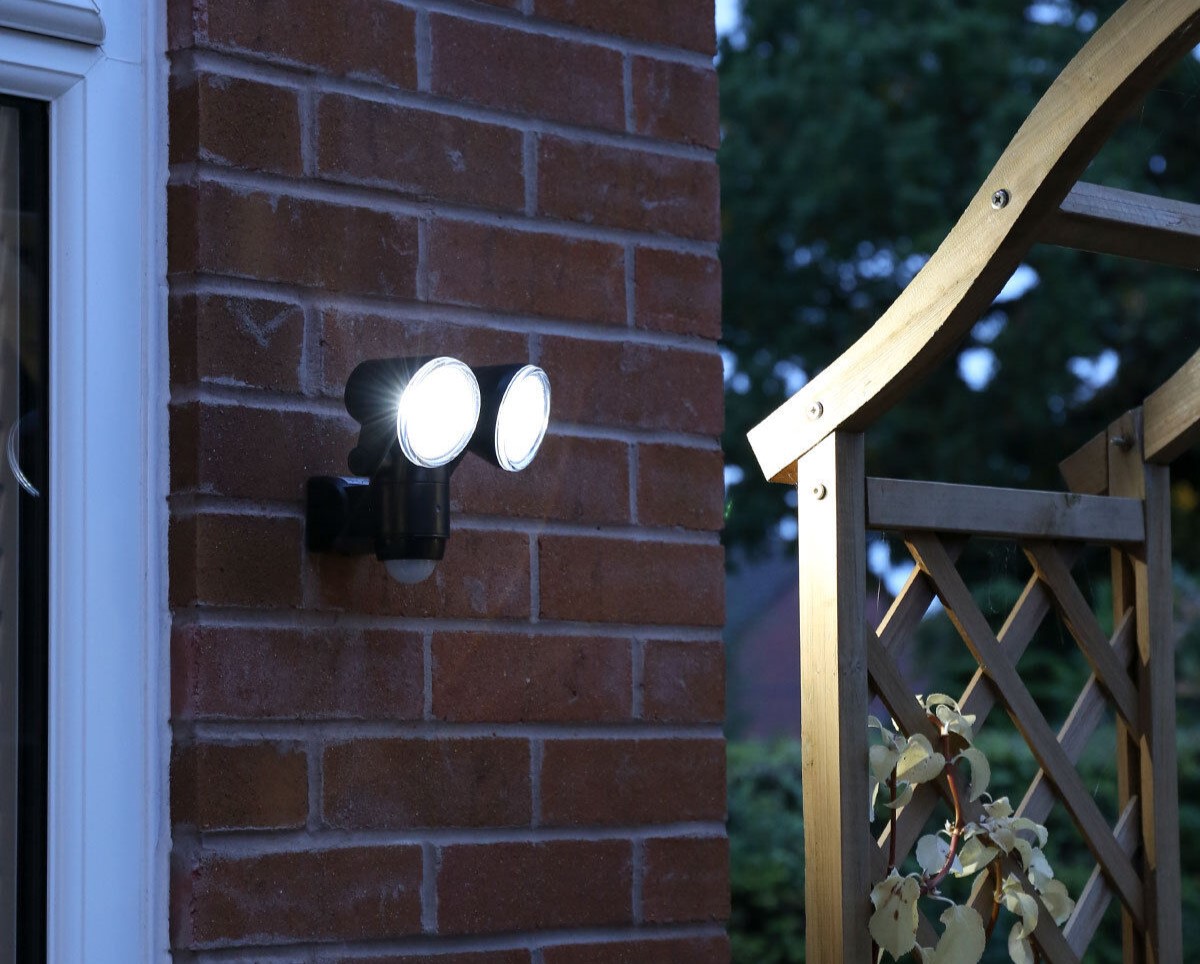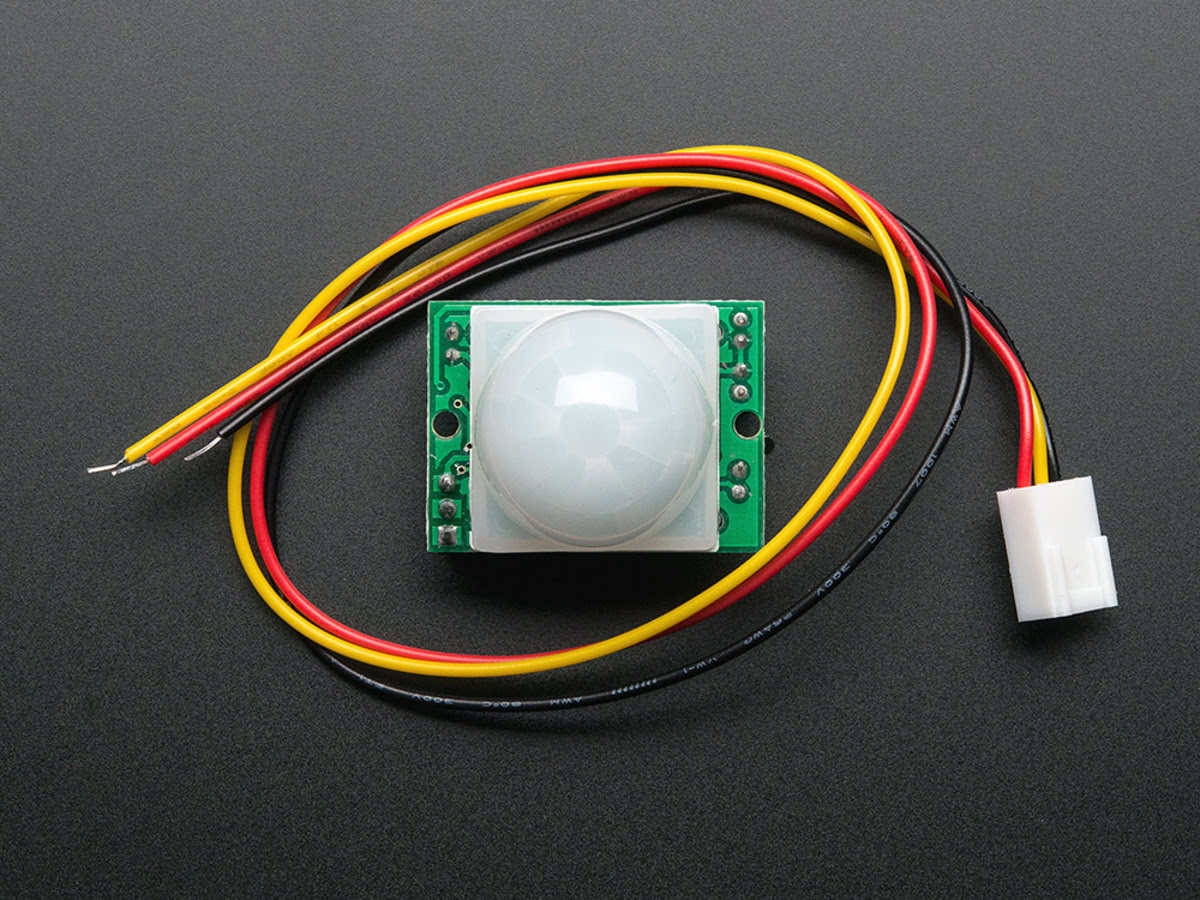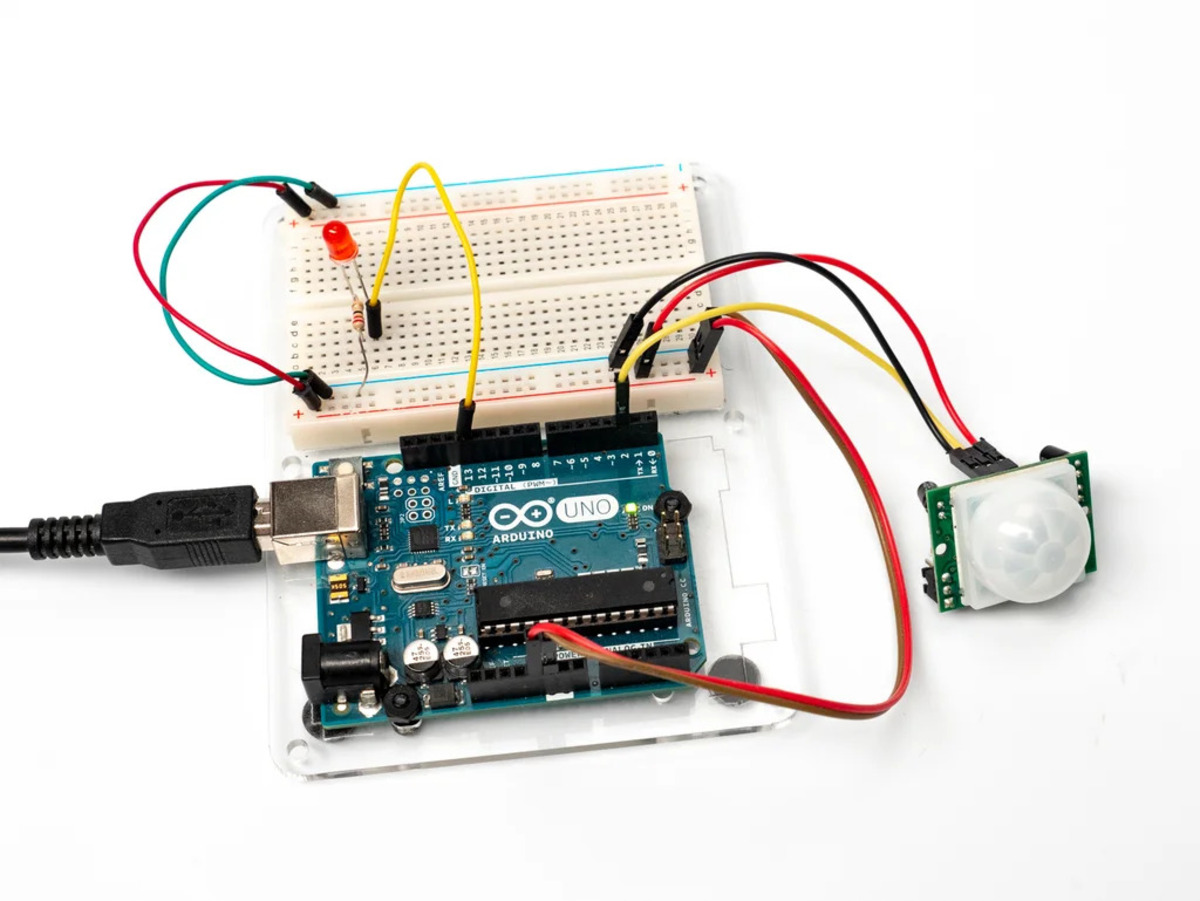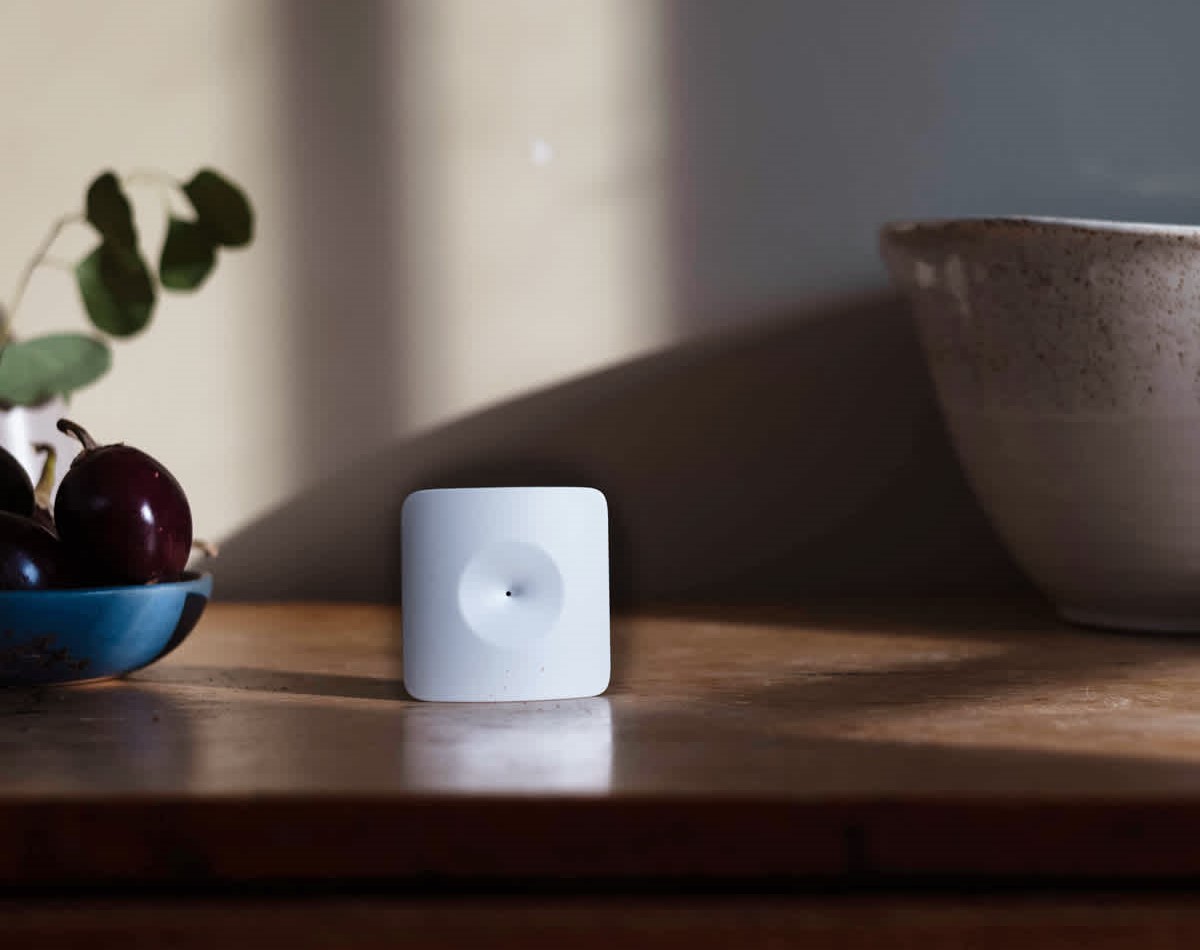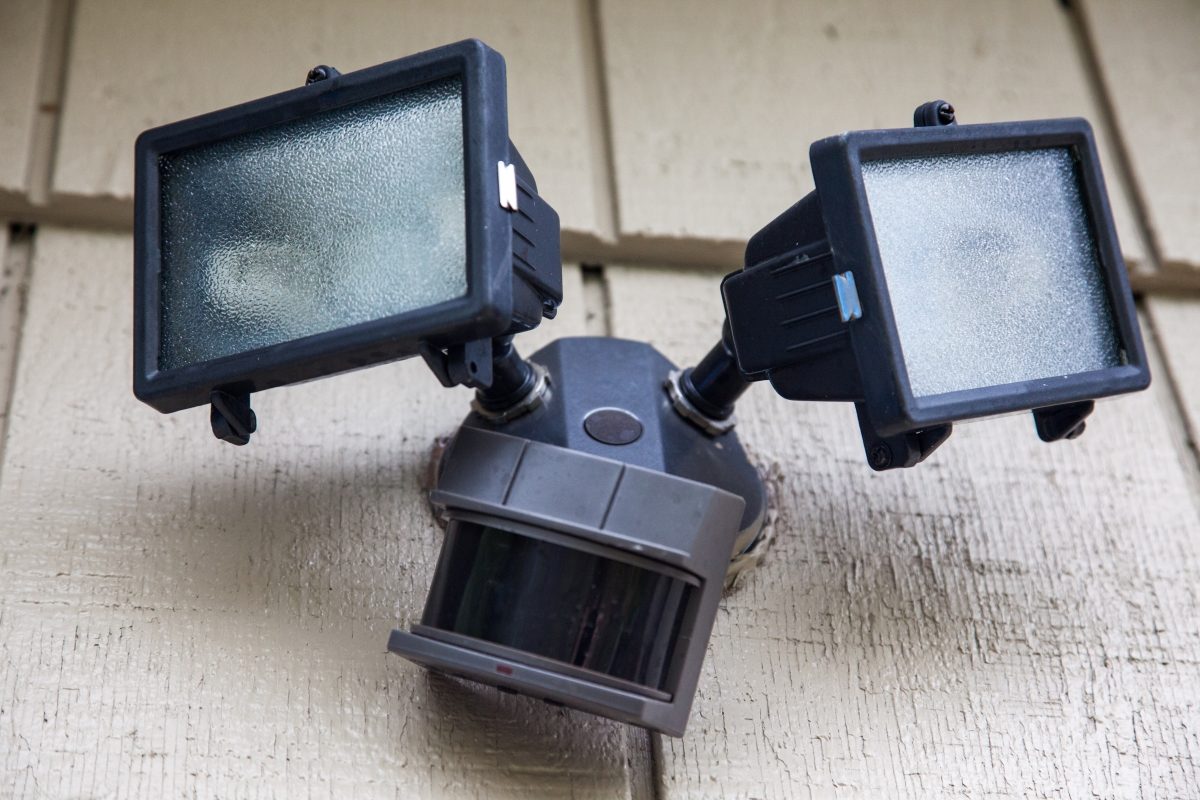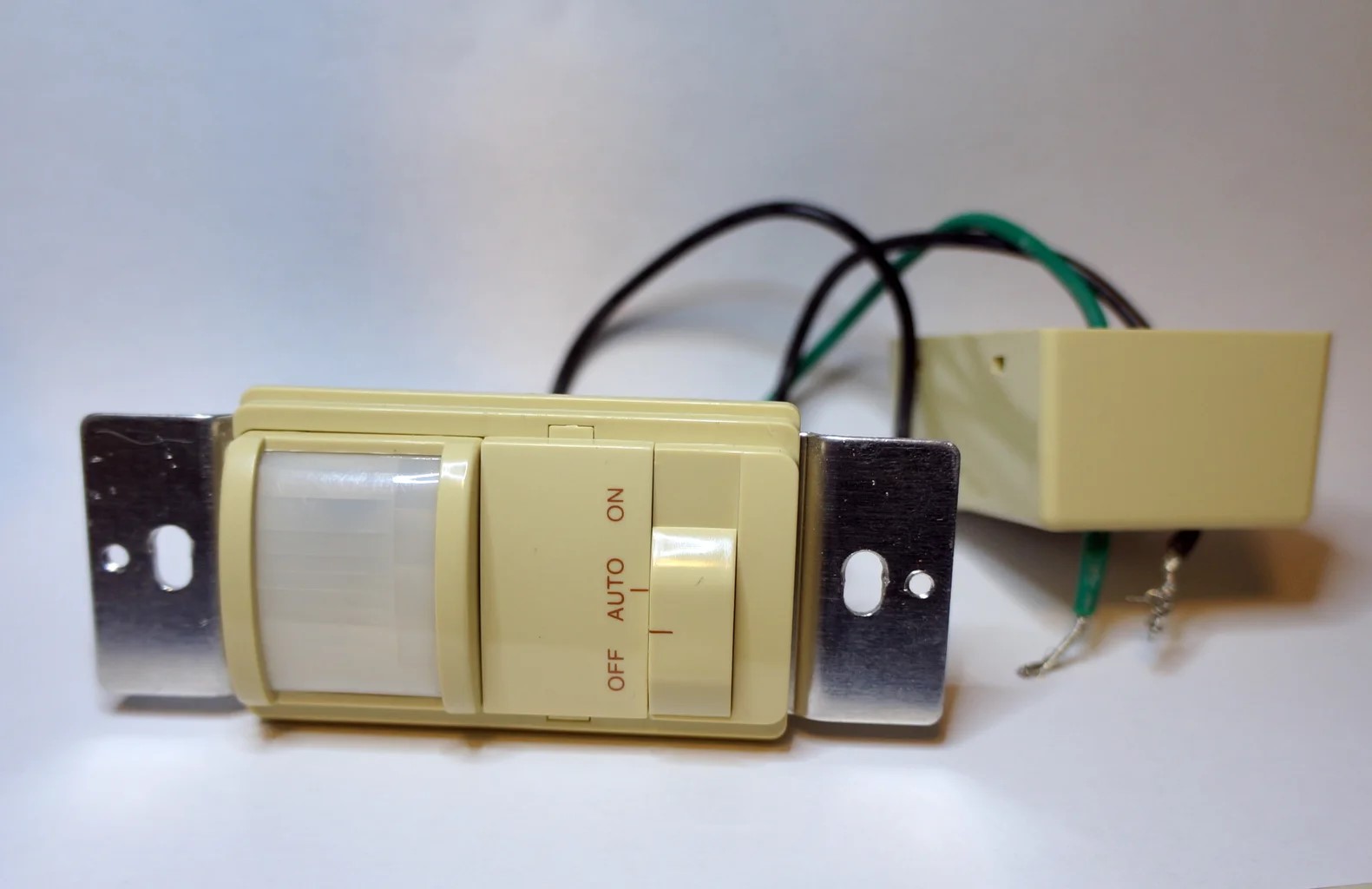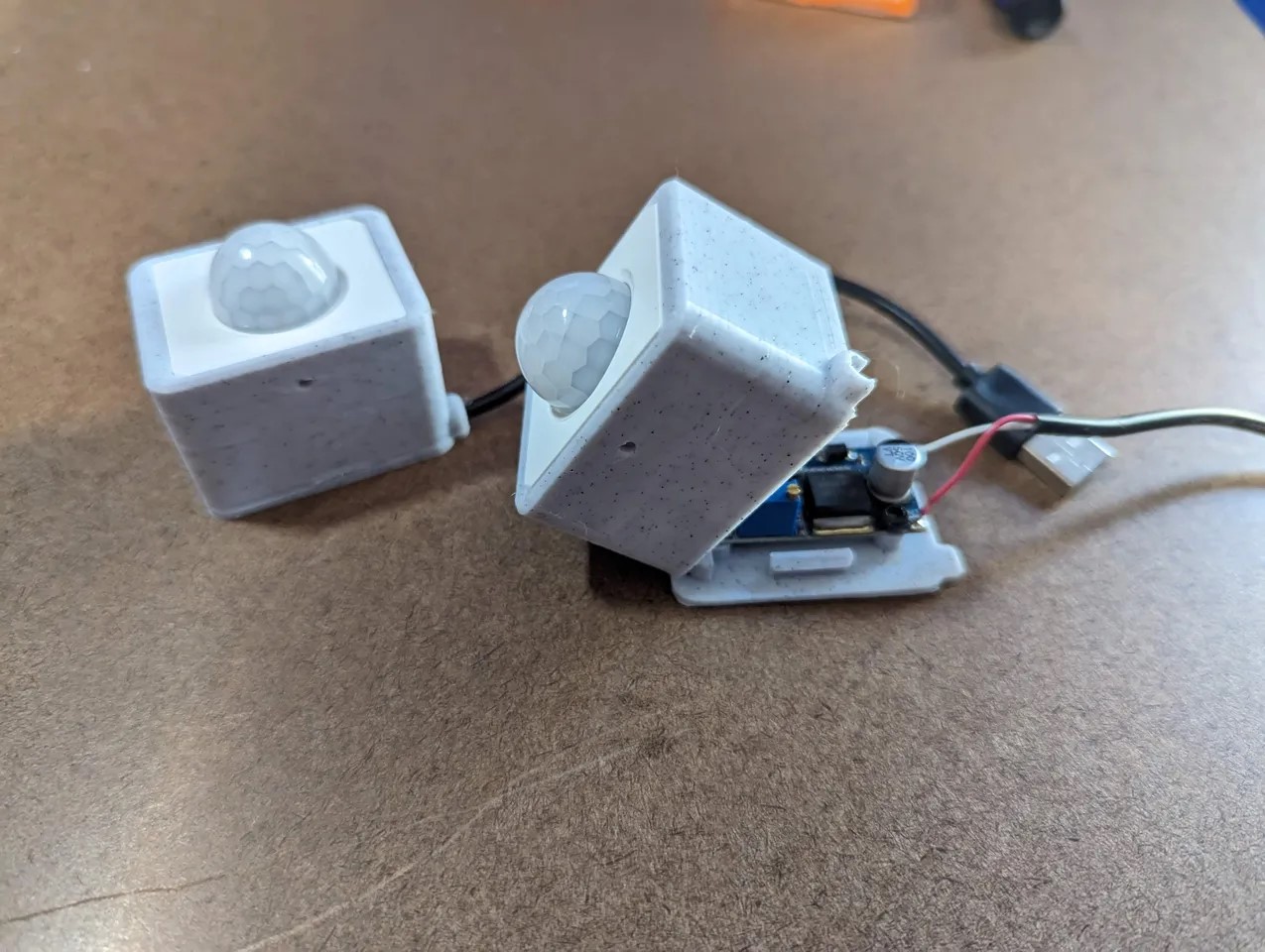Home>Home Security and Surveillance>How To Make Dash Cam Operate 24 Hours With Motion Detector
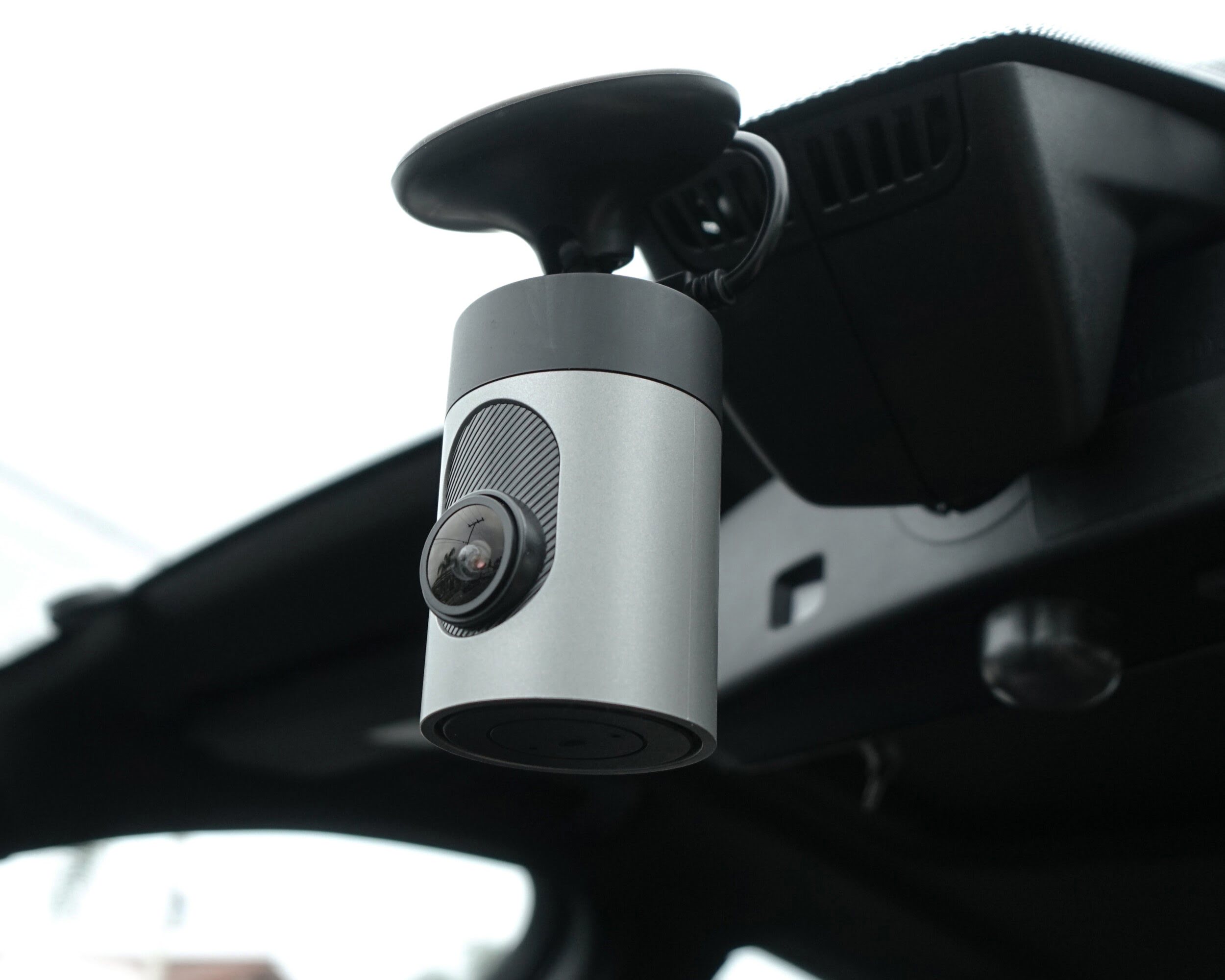

Home Security and Surveillance
How To Make Dash Cam Operate 24 Hours With Motion Detector
Modified: November 1, 2024
Learn how to make your dash cam operate continuously for 24 hours using the motion detection feature. Enhance your home security and surveillance with this essential guide.
(Many of the links in this article redirect to a specific reviewed product. Your purchase of these products through affiliate links helps to generate commission for Storables.com, at no extra cost. Learn more)
Introduction
Welcome to the exciting world of dash cams! These compact devices have become increasingly popular in recent years, providing a valuable tool for capturing high-quality footage while on the road. Whether you are a cautious driver or simply want an extra layer of security, a dash cam can be a game-changer.
In this article, we will delve into the world of dash cams and explore a specific feature that can greatly enhance their functionality: 24-hour continuous monitoring with motion detection. We will discuss the importance of having your dash cam operating constantly, how motion detection can help achieve this, and provide a step-by-step guide on how to enable this feature.
So, buckle up and get ready to learn how to maximize the capabilities of your dash cam!
Key Takeaways:
- Ensure your dash cam operates 24/7 with motion detection, capturing crucial moments on the road and providing peace of mind, security, and evidence for any unexpected events or incidents.
- Optimize your dash cam’s motion detection by adjusting sensitivity levels, implementing best practices, and exploring alternative power options for extended use, ensuring reliable and uninterrupted monitoring.
Understanding Dash Cams
A dash cam, short for dashboard camera, is a small electronic device that is usually fixed on the windshield or mounted on the dashboard of a vehicle. Its primary purpose is to continuously record video footage of the road ahead while you are driving. Dash cams are equipped with a wide-angle lens, allowing them to capture a broad view of the surroundings.
These devices have gained popularity due to their numerous benefits. Dash cams serve as a reliable witness in case of accidents or disputes on the road. They record valuable evidence that can be used to determine fault and provide assistance when dealing with insurance claims.
Furthermore, dash cams are useful for monitoring driving habits and can be a great tool for improving one’s skills behind the wheel. They can capture erratic driving behavior, such as sudden braking or swerving, which can be reviewed later for self-assessment.
Additionally, dash cams can help prevent fraudulent claims. Unfortunately, staged accidents and insurance fraud are on the rise. By having a dash cam recording your journeys, you can protect yourself from becoming a victim of such scams.
Most modern dash cams come equipped with various features, such as GPS tracking, G-sensors for detecting impacts or sudden movements, and loop recording to overwrite old footage when the memory card is full. These features enhance the functionality and usability of the dash cam and provide a comprehensive monitoring solution.
Now that we have a basic understanding of dash cams and their benefits, let’s explore why it is crucial to have uninterrupted monitoring and how motion detection can help achieve this.
Importance of Continuous Dash Cam Operation
When it comes to dash cams, continuous operation is key. While some dash cams can be set to manually start and stop recording, having the camera run continuously provides a higher level of security and peace of mind.
Continuous operation ensures that every moment on the road is captured, allowing you to have a comprehensive record of your journeys. This can be especially valuable in case of accidents or incidents that occur when the vehicle is parked.
Having a dash cam that operates 24/7 is crucial in capturing any unexpected events, vandalism, or theft that may occur while your vehicle is unattended. It provides an extra layer of protection, helping to identify the culprits and providing evidence for insurance claims.
A continuous dash cam also allows you to capture important details that may occur in the moments leading up to an accident or incident. This can include important factors such as the actions of other drivers or pedestrians, road conditions, and weather conditions.
Furthermore, by having a dash cam recording continuously, you can monitor the driving behavior of other road users. This can be particularly useful in case of reckless driving, road rage incidents, or near misses. Not only does this allow you to report dangerous behavior, but it also serves as a reminder to stay vigilant and focused while driving.
Continuous dash cam operation also provides valuable evidence in cases where your actions as a driver may come under scrutiny. It can help prove your innocence in cases of false accusations or disputed claims, potentially saving you from legal and financial consequences.
By understanding the importance of continuous dash cam operation, we can now explore the activation of motion detection to achieve 24-hour monitoring. This feature allows the dash cam to automatically start recording when motion is detected, ensuring that no crucial moments are missed.
Activation of Motion Detector for 24-Hour Monitoring
One of the key features that can enhance the functionality of a dash cam is the activation of the motion detector. By enabling the motion detection feature, your dash cam can automatically start recording whenever it senses any movement or activity in its field of view.
This feature provides a convenient solution for achieving 24-hour monitoring without draining the dash cam’s battery or filling up the memory card with continuous footage.
When the motion detector is activated, the dash cam stays in standby mode, conserving power until it detects motion. As soon as any movement is detected, the dash cam quickly starts recording, capturing the event in real-time.
Not only does this feature allow your dash cam to continuously monitor your vehicle even when it is parked, but it also ensures that any significant events or incidents are captured, providing you with the necessary evidence.
Activation of the motion detector is relatively simple, and most dash cams have this feature built-in. However, the exact method of enabling it may vary depending on the make and model of your dash cam.
Next, we will provide you with a step-by-step guide on how to enable 24-hour motion detection on your dash cam. By following these instructions, you can take full advantage of this feature and enjoy the benefits of uninterrupted monitoring.
Step-by-Step Guide to Enable 24-Hour Motion Detection
Enabling 24-hour motion detection on your dash cam is a straightforward process. Follow these step-by-step instructions to activate this feature:
- Access Dash Cam Settings: Start by turning on your dash cam and accessing its settings menu. This can usually be done by navigating through the menu options or pressing a designated button.
- Locate Motion Detection: Look for the motion detection option within the settings menu. It is commonly found under the recording or motion settings section.
- Enable Motion Detection: Once you have found the motion detection option, toggle the switch or select the checkbox to enable it. This will activate the motion detection feature on your dash cam.
- Adjust Sensitivity: Depending on your dash cam’s settings, you may have the option to adjust the sensitivity levels of the motion detection feature. This allows you to customize how easily the dash cam detects motion. Higher sensitivity settings may detect even the slightest movement, while lower settings may require more significant activity to trigger the motion detection.
- Save Settings: After enabling motion detection and adjusting the sensitivity to your desired level, make sure to save the settings. This will ensure that the motion detection feature remains active, even after the dash cam is turned off and on again.
- Test the Motion Detection: To ensure that motion detection is functioning correctly, perform a quick test by moving in front of the dash cam. If the motion detection is working as intended, the dash cam should start recording as soon as it detects movement.
- Regularly Check Footage: Make it a habit to regularly review the footage captured by your dash cam. This will ensure that you don’t miss any significant events or incidents, and that the motion detection is functioning properly.
By following these simple steps, you can enable 24-hour motion detection on your dash cam, providing you with continuous monitoring and peace of mind while on the road.
To make a dash cam operate 24 hours with motion detector, you can hardwire it to your car’s battery or use a battery pack. Make sure to adjust the settings to enable motion detection recording.
Read more: How Do Motion Detector Cameras Operate
Adjusting Sensitivity Levels
When it comes to motion detection on your dash cam, adjusting the sensitivity levels is an important step to ensure accurate and reliable detection. By finding the right balance, you can avoid false triggers while still capturing important events and incidents.
The sensitivity settings on your dash cam determine how easily it detects motion. Higher sensitivity levels mean that even the slightest movement will trigger the motion detection, while lower sensitivity levels require more significant activity to activate the feature.
Here are some tips on adjusting the sensitivity levels of your dash cam:
- Understanding Your Surroundings: Consider the typical environment where your vehicle is parked or driven. Are there many people passing by, or is it a quiet area? Understanding the surroundings will help you gauge the appropriate sensitivity level.
- Avoiding False Triggers: If your dash cam triggers motion detection frequently due to passing cars, wind-blown objects, or other non-threatening activities, you may want to lower the sensitivity level. This will help reduce unnecessary recordings and save storage space.
- Capturing Important Events: On the other hand, if there are specific incidents or activities you want to make sure your dash cam captures, such as someone approaching the vehicle or potential acts of vandalism, consider increasing the sensitivity level. This will ensure that these events are recorded and provide valuable evidence if needed.
- Trial and Error: Adjusting sensitivity levels may require some trial and error. It’s a good idea to test the motion detection feature after making changes to the sensitivity settings to see how well it responds to different levels of activity.
- Monitoring Footage: Regularly review the motion-activated recordings captured by your dash cam. This will allow you to analyze whether the sensitivity levels are appropriate for your specific needs. If you find that important events are consistently being missed or there are too many false triggers, it may be necessary to fine-tune the sensitivity settings further.
Remember that finding the optimal sensitivity level is a personal preference, and it may take some time and experimentation to achieve the desired result. By adjusting the sensitivity levels, you can ensure that your dash cam effectively captures meaningful events while minimizing unnecessary recordings.
Best Practices for Optimal Motion Detection
To ensure optimal motion detection on your dash cam, it is important to follow some best practices. By implementing these tips, you can maximize the efficiency and effectiveness of the motion detection feature:
- Positioning the Dash Cam: Properly position your dash cam for optimal coverage. Make sure it has a clear view of the road ahead and the surrounding area. Avoid obstructing the lens with anything that could hinder motion detection, such as windshield wipers or stickers.
- Consider Lighting Conditions: Lighting plays a crucial role in motion detection. Ensure that the area where your vehicle is parked has adequate lighting during nighttime. Insufficient lighting can affect the dash cam’s ability to detect motion accurately.
- Regularly Clean the Lens: Keep the lens of your dash cam clean and free from smudges, dust, or dirt. A dirty lens can impact the camera’s ability to detect motion and capture clear footage. Clean the lens periodically with a soft, lint-free cloth.
- Adjust Sensitivity Levels Appropriately: Fine-tune the sensitivity settings to strike a balance between capturing important events and avoiding false triggers. Adjust the sensitivity levels based on the specific environment and your monitoring requirements.
- Check for Firmware Updates: Manufacturers often release firmware updates for dash cams, which can enhance their functionality, including motion detection. Regularly check for updates and install them to ensure you have the latest features and improvements.
- Use High-Quality Memory Cards: Invest in high-quality memory cards with ample storage capacity. A low-quality or insufficiently sized memory card can impact the dash cam’s ability to record and save motion-activated footage properly. Opt for reputable brands and ensure compatibility with your dash cam.
- Keep Dash Cam Powered: For uninterrupted 24-hour monitoring, ensure that your dash cam is consistently powered. Connect it to the vehicle’s power source or use an external power bank if necessary. This prevents the dash cam from running out of battery, especially during long stretches of inactivity.
- Regularly Review Footage: Take the time to review the footage captured by your dash cam regularly. Check for any missed events or false triggers, and make adjustments to the settings if necessary. This allows you to maintain an efficient monitoring system.
By implementing these best practices, you can optimize the motion detection feature on your dash cam, ensuring that it functions reliably and captures important moments on the road or while your vehicle is parked.
Overcoming Challenges with Dash Cam Battery Life
One common challenge with dash cams is managing the battery life, especially when aiming for 24-hour monitoring. While some dash cams are designed to operate solely on battery power, many models rely on the vehicle’s power source. However, there are several strategies you can employ to overcome battery life challenges:
- Utilize Parking Mode: Many dash cams have a parking mode feature that automatically activates when the vehicle is parked. This mode reduces power consumption by putting the dash cam into a sleep state and only waking up when motion or impact is detected. Using parking mode ensures that the dash cam is conserving power when not in use.
- Optimize Recording Settings: Adjust the recording settings of your dash cam to optimize battery life without compromising on quality. Lowering video resolution, decreasing frame rate, or reducing video length can significantly extend the battery life of your device.
- Invest in Power Banks: If your dash cam operates solely on battery power, consider investing in a high-capacity power bank. These portable chargers can provide additional power to your dash cam when the built-in battery is running low. Make sure to choose a power bank with sufficient output capacity and compatibility with your dash cam.
- Use a Hardwiring Kit: Hardwiring your dash cam to the vehicle’s electrical system allows it to draw power even when the engine is off. This ensures continuous operation without draining the vehicle’s main battery. It’s important to have a professional install the hardwiring kit to avoid any damage to the vehicle’s electrical system.
- Consider a Dash Cam with Capacitor: Dash cams equipped with capacitors, rather than traditional batteries, tend to perform better in extreme temperatures. Capacitors offer improved stability and longevity, making them a reliable alternative for continuous operation.
- Regular Maintenance: Keep the dash cam and its connections clean and free from dust or debris. Periodically inspect the power cable and ensure it is securely plugged into both the dash cam and the power source. Loose or damaged connections can affect the power supply and cause battery drain.
- Monitor Battery Voltage: Some dash cams have a low voltage cutoff feature that prevents the battery from draining completely. This helps protect your vehicle’s battery while still ensuring the dash cam remains operational.
By employing these strategies, you can effectively overcome challenges with dash cam battery life, allowing for extended and uninterrupted monitoring.
Alternative Power Options for Extended Use
While the standard power source for dash cams is often the vehicle’s battery or internal battery, there are alternative power options available that can provide extended use and overcome limitations. Consider these alternative power options to ensure uninterrupted operation of your dash cam:
- External Power Banks: External power banks are portable battery packs that can supply power to your dash cam. These power banks can be charged separately and then connected to the dash cam via a USB cable. Look for power banks with sufficient capacity to keep your dash cam running for extended periods without requiring a power outlet.
- Hardwiring Kit with Battery Pack: A hardwiring kit can be combined with a dedicated battery pack to provide continuous power to your dash cam. The hardwiring kit connects the dash cam to the vehicle’s electrical system, while the battery pack acts as a backup power source when the vehicle’s engine is turned off. This setup ensures that the dash cam remains operational, even when the vehicle is parked for an extended period.
- Solar Power: Solar power is a renewable energy option that can be used to power your dash cam. Solar panels can be installed on the vehicle’s roof or dashboard, absorbing sunlight and converting it into electrical energy. This energy can then be used to charge the dash cam’s battery or power it directly.
- Vehicle Power Inverter: A vehicle power inverter is a device that converts the 12V DC power from your vehicle’s battery into 110V AC power, similar to the power outlet in your home. This allows you to connect your dash cam to the inverter, providing a continuous power supply. It’s important to choose an inverter with sufficient capacity for your dash cam’s power requirements.
- Additional Power Sources: Other options for powering your dash cam include using portable jump starters with USB outputs, which can provide power in case of a dead battery, or connecting it to a secondary battery dedicated solely to powering the dash cam.
When considering alternative power options, it is important to ensure compatibility with your dash cam and follow the manufacturer’s guidelines. Additionally, consult a professional if you are unsure about the electrical setup or installation process.
By exploring these alternative power options, you can extend the use of your dash cam and ensure constant monitoring, regardless of the availability of a conventional power source.
Read more: How To Make A Motion Detector
Conclusion
Dash cams provide an invaluable tool for enhancing road safety, capturing important events, and providing evidence in case of accidents or disputes. To maximize the functionality of your dash cam, enabling 24-hour monitoring with motion detection is a game-changer.
By activating the motion detection feature, you can ensure that your dash cam operates continuously, capturing any movement or activity in its field of view. This allows for a comprehensive monitoring solution, whether you are driving or your vehicle is parked.
In this article, we discussed the importance of continuous dash cam operation and how motion detection can help achieve this. We provided a step-by-step guide to enable 24-hour motion detection on your dash cam, as well as tips for adjusting sensitivity levels and best practices for optimal motion detection.
We also addressed challenges with dash cam battery life and explored alternative power options for extended use, such as external power banks, hardwiring kits with battery packs, solar power, vehicle power inverters, and additional power sources.
Remember to position your dash cam correctly, regularly review footage, and keep the lens clean for optimal performance. It is also essential to monitor battery voltage, update firmware when available, and invest in high-quality memory cards.
By implementing these techniques and following best practices, you can maximize the capabilities of your dash cam and enjoy uninterrupted monitoring, providing you with peace of mind and crucial evidence when needed.
So, buckle up and ensure that your dash cam is ready to capture every moment on the road, even when you are not behind the wheel. With 24-hour monitoring and motion detection, you can stay protected, secure, and confident every time you hit the road.
Frequently Asked Questions about How To Make Dash Cam Operate 24 Hours With Motion Detector
Was this page helpful?
At Storables.com, we guarantee accurate and reliable information. Our content, validated by Expert Board Contributors, is crafted following stringent Editorial Policies. We're committed to providing you with well-researched, expert-backed insights for all your informational needs.
